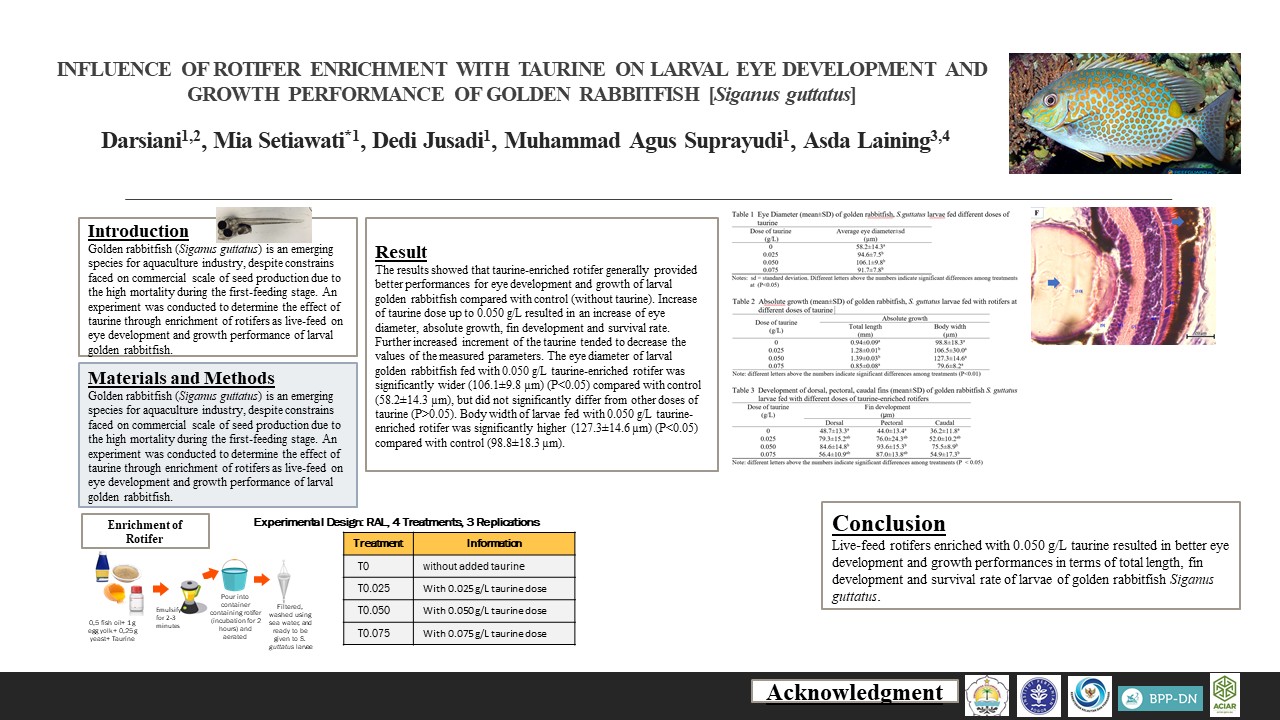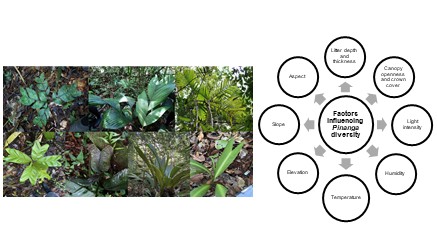RECOVERY OF MORE THAN 10 YEARS-DRYING Monascus CULTURES AND ITS PURIFICATION METHODS FROM FUNGAL AND BACTERIAL CONTAMINATION
Downloads
This study was carried out to understand the recovery capability of more than 10 years- drying Monascus cultures. A new simple purification technique from fungal contamination using ethanol-soaking treatment was also reported as a part of this study. The result showed that all drying cultures were recovered well and retained their characters such as good growth, pigmenÂtation and production of fruit bodies (ascomata), sexual spores (ascospores) and asexual spores. Several cultures showed its good growth in 20% ethanol medium. This study also reported sucÂcessful purification of cultures from fungal contamination using ethanol-soaking treatment. This self-drying method, therefore, could be suggested as a good long-term preservation method for Monascus cultures. Moreover, purification method from fungal contamination soaked in ethanol 70% or 95% was successfully effective.
Downloads
Authors who publish with this journal agree with the following terms:
- Authors retain copyright and grant the journal right of first publication, with the work 1 year after publication simultaneously licensed under a Creative Commons attribution-noncommerical-noderivates 4.0 International License that allows others to share, copy and redistribute the work in any medium or format, but only where the use is for non-commercial purposes and an acknowledgement of the work's authorship and initial publication in this journal is mentioned.
- Authors are able to enter into separate, additional contractual arrangements for the non-exclusive distribution of the journal's published version of the work (e.g., post it to an institutional repository or publish it in a book), with an acknowledgement of its initial publication in this journal.
- Authors are permitted and encouraged to post their work online (e.g., in institutional repositories or on their website) prior to and during the submission process, as it can lead to productive exchanges, as well as earlier and greater citation of published work (See The Effect of Open Access).


























